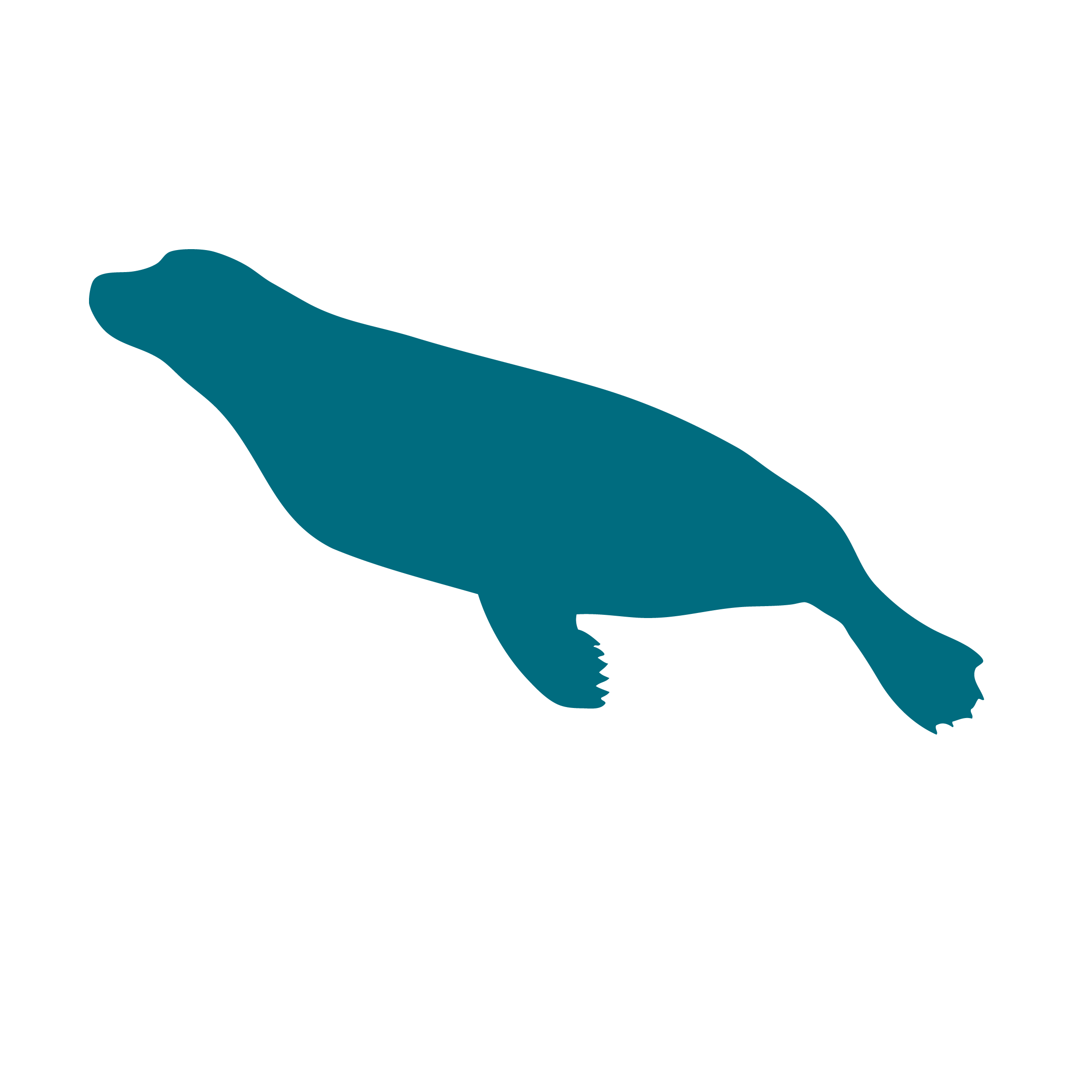Celebrating Sussex's kelp story at the premiere of 'Ocean'
Earlier this year, Sussex’s journey to restore its underwater ecosystems took a remarkable step into the spotlight, as part of a new book and accompanying documentary film 'Ocean', led by Sir David Attenborough.
Read more














![5179-blue-marine-sussex-kelp-sediment-infographic_graphic-only_v4[68]-1679383875.jpg](/img/asset/aW1hZ2VzLzUxNzktYmx1ZS1tYXJpbmUtc3Vzc2V4LWtlbHAtc2VkaW1lbnQtaW5mb2dyYXBoaWNfZ3JhcGhpYy1vbmx5X3Y0WzY4XS0xNjc5MzgzODc1LmpwZw==?w=480&h=320&s=1afa6c4b060073f2c7826331ba992107)

